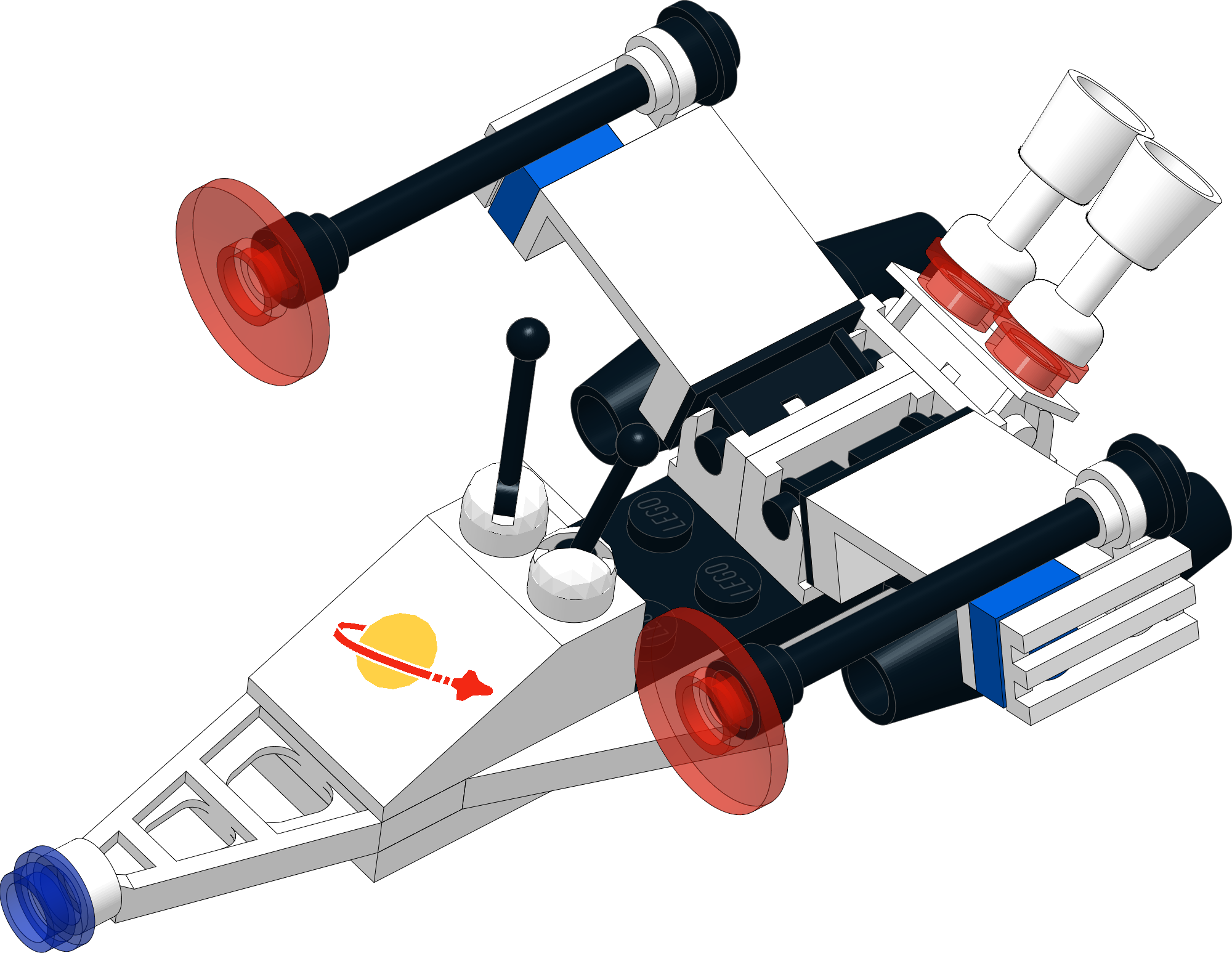
We present a survey of the current data processing techniques that implement data fusion using different sensors like LiDAR that use light scan technology, stereo/depth cameras, Red Green Blue monocular (RGB) and Time-of-flight (TOF) cameras that use optical technology and review the efficiency of using fused data from multiple sensors rather than a single sensor in autonomous navigation tasks like mapping, obstacle detection, and avoidance or localization. In order to obtain such accurate data, we need to have optimal technology to read the sensor data, process the data, eliminate or at least reduce the noise and then use the data for the required tasks. We review various types of sensors, their data, and the need for fusion of the data with each other to output the best data for the task at hand, which in this case is autonomous navigation. This information may be from a single sensor or a suite of sensors with the same or different modalities. Such systems can be used in various areas of life like safe mobility for the disabled, senior citizens, and so on and are dependent on accurate sensor information in order to function optimally. Over the past decade, there has been a surge in the usage of smart/autonomous mobility systems. This paper focuses on data fusion, which is fundamental to one of the most important modules in any autonomous system: perception. Simulations and experiments are given to show the effectiveness of the proposed method by showing the distance between UAV and waypoint, obstacles respectively.

What is more, by the proposed control, a multicopter can keep away from obstacles as soon as possible, once obstacles enter into the safety area of the multicopter accidentally, and converge to the waypoint.

The result can be extended to some cases of multiple obstacles. Lyapunov-like functions are designed elaborately, based on which formal analysis and proofs of the proposed control are made to show that the collision-avoidance control problem can be solved if the moving obstacle is slower than the multicopter. In this paper, a collision-avoidance control method for non-cooperative moving obstacles is proposed for a multicopter with the altitude hold mode by using a Lyapunov-like barrier function. The main task for UAVs is to keep a prescribed separation with obstacles in the air. Unmanned Aerial Vehicles (UAVs) are now becoming increasingly accessible to amateur and commercial users alike. Numerical simulations presented within the paper prove the effectiveness of the proposed novel repulsive potential field in controlling the flight of nonholonomic UAVs. The strength of the repulsive force depends on the UAV’s distance to the line representing the obstacle’s movement direction, distance to the obstacle along that line, and the relative speed between the UAV and the obstacle projected to the line, making the proposed repulsive potential field multidimensional. This field generates forces that repulse the UAV not from the obstacle’s geometrical center, but from areas immediately behind and in front of it located along a line defined by the obstacle’s velocity vector.

To address this issue, the following work presents a novel multidimensional repulsive potential field dedicated to nonholonomic UAVs. The limited maneuverability of these types of UAVs, including fixed-wing aircraft, requires consideration not only of their relative position, but also their speed as well as the direction in which the obstacles are moving. Additionally, since they assume the symmetrical distribution of repulsive forces around obstacles, traditional repulsive potential fields are not well suited for nonholonomic vehicles. The complexity and difficulty of such a task, however, significantly increase in cases combining moving obstacles and nonholonomic UAVs. The ability of autonomous flight with obstacle avoidance should be a fundamental feature of all modern unmanned aerial vehicles (UAVs).


 0 kommentar(er)
0 kommentar(er)
